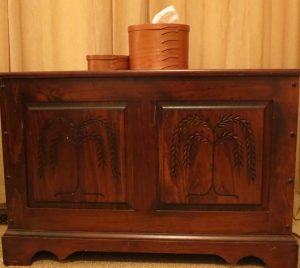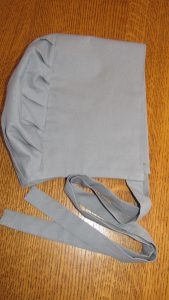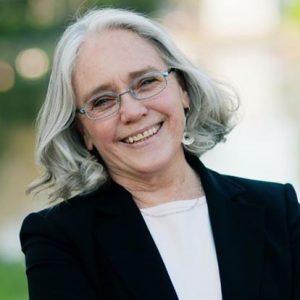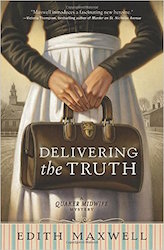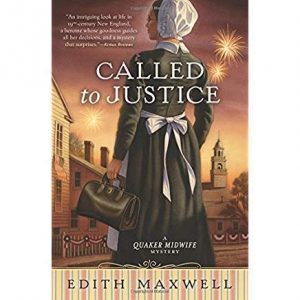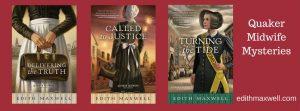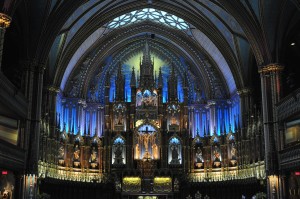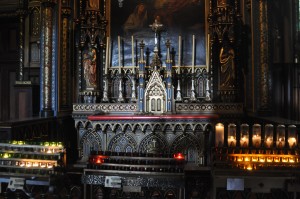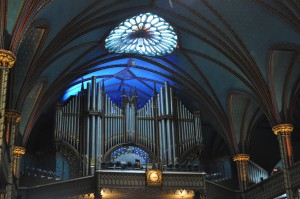Visiting Detective Kylee Kane “HOA Murder”

If there are no paragraph separations in this article, please double-click on the title to create a more readable version.
The Jazz Corner is one of our favorite venues for dinner and live jazz when we’re visiting Hilton Head Island in the South Carolina Lowcountry. Tonight was the last night for a popular NYC jazz combo. As usual, the tables are scrunched together in the intimate setting, making it next to impossible not to eavesdrop on folks seated at adjacent tables.
Sheila’s just placed her standard order for She-Crab soup and crab cakes, when I hear the woman at the next table say, “Mom’s right. Whoever killed Finley put that trophy deer head in his lap to sidetrack authorities. And it’s working. Deputy Ibsen’s convinced one of the Bambi-loving crowd is responsible.”
Bambi lovers? A corpse holding a trophy deer head? I can’t pretend I didn’t hear. My curiosity won’t let me. The couple’s conversation sounds matter of fact. Neither the man nor the woman—I’m guessing they’re either late forties or early fifties—seems shaken or hysterical. I decide it’s okay to intrude.
“Hi, I’m Charlie Kerrian, and this is my wife, Sheila,” I begin. “We just arrived on the island a couple of hours ago for a mini-vacation. I apologize for listening in, but our tables are so close. Was someone murdered here recently?”
“Not here,” the woman replies. “The murder took place on Hullis Island Friday night. I apologize. We shouldn’t have been jabbering about it in a restaurant. You needn’t be concerned. There’s no Lowcountry crime wave. Please don’t let my big mouth ruin your vacation.”
Sheila chuckles. “My husband failed to mention he’s a detective. You haven’t worried him, just piqued his curiosity.”
“That’s a relief.” The woman smiles. While her short, curly hair is snow-white, her smooth skin says the white hair is premature. “I’m Kylee Kane,” she adds, “a retired Coast Guard investigator.”
“And I’m Ted Welch,” the man says. “I’m hoping Kylee will soon change her standard introduction and say she’s a security specialist for Welch HOA Management. That’s my company. We manage more than a dozen homeowner associations in Beaufort County, including Hullis Island where the man was murdered.”
Kylee shakes her head and grins. “Ted, I’m not going to start introducing myself as your security specialist. My consulting gig won’t last that long—just until this killer’s caught, we find out who’s sending hate mail to Mom, and your HOA clients quit worrying about crazed killers sneaking into their neighborhoods.”
“Can you back up?” I ask. “What did you mean about the killer trying to pin the rap on Bambi lovers, and why is your mother getting hate mail? Are the two related?”
“Afraid so,” Kylee says. “Hullis Island has a deer overpopulation problem. The board of directors of the HOA decided to solve the problem by opening the island’s nature sanctuary to hunters as soon as the peak tourist season ends. Finley, the man who was murdered, was a loud proponent of slaughtering all the island deer. His landscape company’s sales had nosedived after people decided buying edible plants amounted to a free lunch program for deer.”
“And how was your mother involved?” Sheila asks.
“Mom doesn’t think the board has the right to open our nature sanctuary to hunters without allowing the HOA membership to vote on the matter,” Kylee adds. “She sent an email to all her neighbors expressing her opinion. Mom knows the overpopulation has to be addressed, but she thinks there are less drastic solutions. A postcard that said it was time for hunters to target old-lady busybodies as well as deer was hand-delivered to Mom’s mailbox a few hours later.”
Ted adds, “I just wish the authorities weren’t so fixated. They seem convinced the neighborhood feud about the island deer explains why Finley was killed. But the deceased wasn’t a likeable guy. He’d accumulated lots of disgruntled customers. Kylee and I plan to talk to some of those folks. My new security specialist excels at interviewing people.”
“Yes.” Kylee laughs. “In your sales pitch for me to join your firm as a security consultant, I believe you described me as having the ‘tenacity of a demented squirrel looking for a buried nut stash.’”
“True,” Ted agrees. “An apt description. Hasn’t changed since you worked so hard to ignore your little brother and me in grade school.”
The lights flicker and a man takes the small stage to introduce the jazz combo. “Please respect our talented musicians,” he says. “No talking during the performance.”
While Sheila and I came to hear the music, I’m sorry I’ll have to wait to hear more of the story.
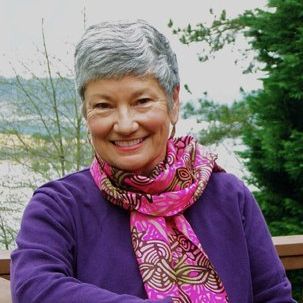
Warm thanks to Linda Lovely for stopping by to chat with the Kerrians and give us a straight-up-fun peek into Kylee Kane’s (and Ted Welch) encounters with murder at the HOA. To find out how the story ends, you’ll have to read:
Multi-layered plots are always central to Linda Lovely’s novels. With her fully fleshed out central characters perfectly set up to navigate the twists and turns of the story lines, this entertaining mystery writer always delivers a thoroughly engrossing read. “With Neighbors Like These,” is a stellar, page-turning beginning to her brand new HOA Mystery Series. Launch date was set for July 13, 2021. Click on the link to order.
Please visit https://www.lindalovely.com to learn more about Lovely and her upcoming events.
*Photos supplied by Linda Lovely. 🙂
Visiting Detective Kylee Kane “HOA Murder” Read More »




